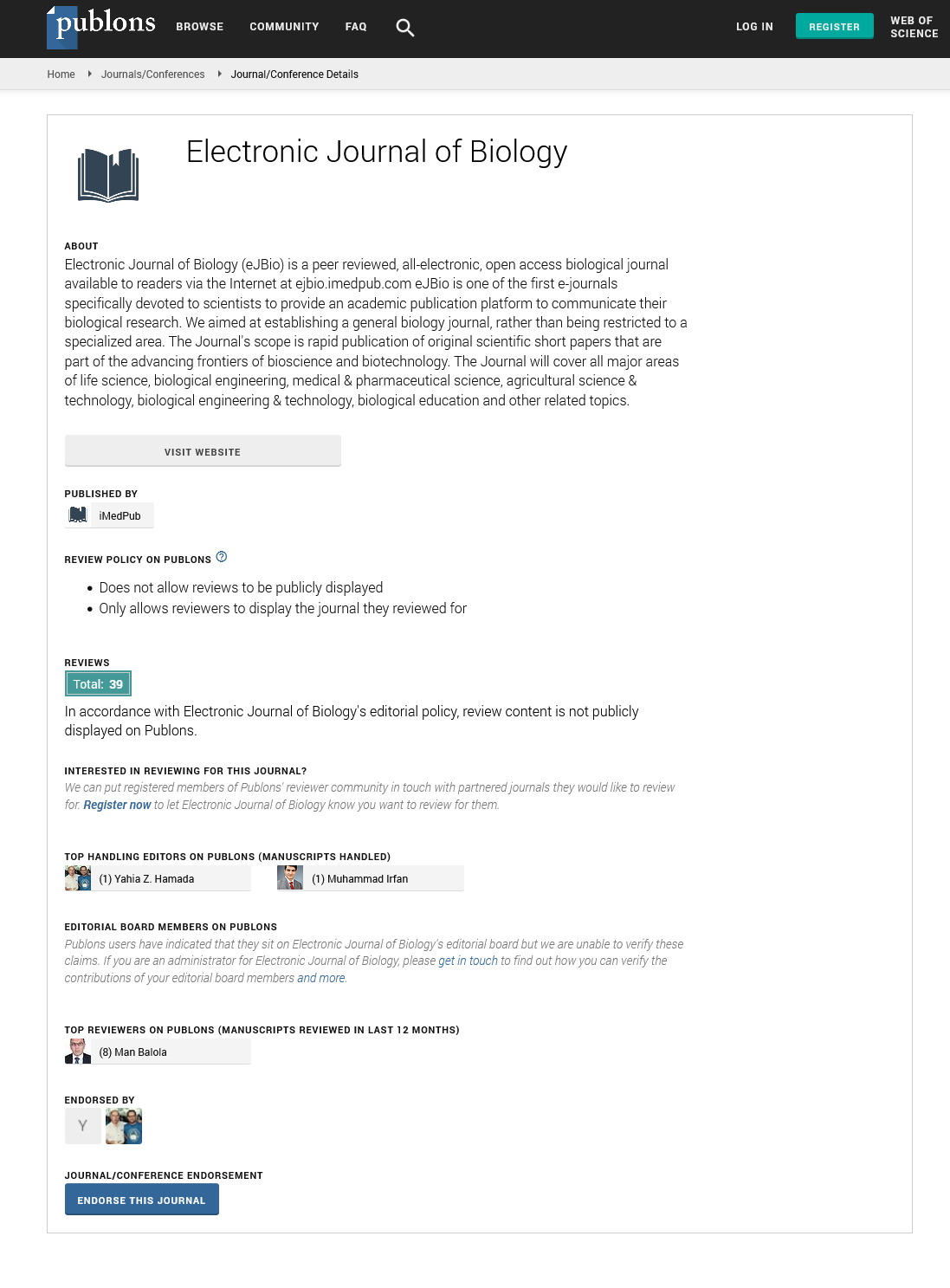Abstract
Capsaicin -Inhibitory Factor for Somatic Embryogenesis in Pepper Anther Culture
The androgenesis of pepper (Capsicum annuum L.) is very limited process and it is followed by many inhibitory factors such as: pepper genotype; the structure and the stadium of microspores; the genetic predisposition for somatic embryogenesis; the hormonal regulation under in vitro condition; and growth conditions. Pungency in Capsicum fruits is due to the accumulation of the alkaloid capsaicin and its analogs. The biosynthesis of capsaicin is restricted to the genus Capsicum and results from the acylation of an aromatic moiety, vanillylamine, by a brached-chain fatty acid. The inhibitory influence of secondary metabolites, including capsaicin, is not explored enough, although in the literature there are data that some pepper genotypes as bell-shape and sweet ones have higher androgenic potential than the hot genotypes. The results from our research work, performed on nine pepper varieties which differ in pungency, showed that the androgenic potential of pepper anthers culture is dependent on the capsaicin content in the pepper fruits. Most probably the genetic predisposition for synthesis of capsaicin as secondary metabolite beside all the other factors is also inhibitory trait of the somatic embryogenesis Our research showed that there is negative correlation between the capsaicin content of fruits of all the varieties under investigation and the percentage of embryogenic anthers and the number of formed embryos per 100 anthers. The hottest cultivar Feferona showed neither androgenesis nor callus formation, as compared to the other two hot cultivars where the callus formation is the main process. The callus formation of the sweet cultivars is moderate, while the androgenic response is poor to fair. The sweetest cultivar Féherözön showed excellent androgenic response with 31.09% androgenic and only 3.92% callused anthers. The aforementioned facts gives an idea that the capsaicin has an inhibitory effect in in vitro conditions and the more pungent cultivars possess less androgenic potential as compared to the sweet and bell-shaped ones.
Author(s): Liljana Koleva Gudeva, Rubin Gulaboski, Emilija Janevik-Ivanovska, Fidanka Trajkova, Viktorija Maksimova
Abstract | Full-Text | PDF
Share this

Google scholar citation report
Citations : 5001
Electronic Journal of Biology received 5001 citations as per google scholar report
Electronic Journal of Biology peer review process verified at publons
Abstracted/Indexed in
- Google Scholar
- China National Knowledge Infrastructure (CNKI)
- CiteFactor
- Electronic Journals Library
- Zoological Records
- WorldCat
- Proquest Summons
- Publons
- MIAR
- Openaccessarticles.com
- Secret Search Engine Labs
Open Access Journals
- Aquaculture & Veterinary Science
- Chemistry & Chemical Sciences
- Clinical Sciences
- Engineering
- General Science
- Genetics & Molecular Biology
- Health Care & Nursing
- Immunology & Microbiology
- Materials Science
- Mathematics & Physics
- Medical Sciences
- Neurology & Psychiatry
- Oncology & Cancer Science
- Pharmaceutical Sciences


